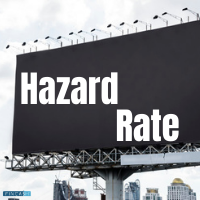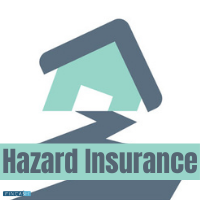
Table of Contents
Hazardous Activity
What is Hazardous Activity?
Hazardous activity refers to a policy that considers high-risk. Such activities are not usually covered by insurance. These activities have the potential for severe injury or loss. If an individual falls under an insurance company’s definition, then an individual’s may not be able to purchase a life or disability insurance plan. Or the individual may have to pay a higher premium since the insurer considers the action high-risk.

In many cases, the insurer will list out the activities that will be covered under an insurance policy. The insurance policy will not pay benefits in case of death or disability. However, it will cover benefits in case of accidents and events covered under the policy.
Hazardous activities include scuba diving, hand gliding, race car driving, flying a plane, BASE jumping, parasailing, bungee jumping, horseback riding and off-roading. Some people are involved in employment activities that fall into this section, construction work, logging, Offshore oil rig worker, structural steelworkers and underground mining.
Talk to our investment specialist
Important Points about Hazardous Activity
The insurance provider will have to keep a keen eye on the individual’s application process. Some may not disclose a dangerous activity or work while applying. The insurance provider should check the medical records of the individual and any past Insurance Coverage. If the insurer finds any fraudulent practice or lies on the individual’s end, it may demand back payment of adjusted premiums or even cancel the insurance policy.
There are some sports and travel companies that work with individual’s involved in extreme activities. These companies may provide Adventure Activities Coverage. This comes from an exclusion waiver since Travel Insurance policies usually don’t cover adventurous activities and hazardous sports.
This option is usually taken by those involved in high-risk jobs or have a hobby that can cause unprecedented damage. However, death is not covered under these policies.
All efforts have been made to ensure the information provided here is accurate. However, no guarantees are made regarding correctness of data. Please verify with scheme information document before making any investment.












